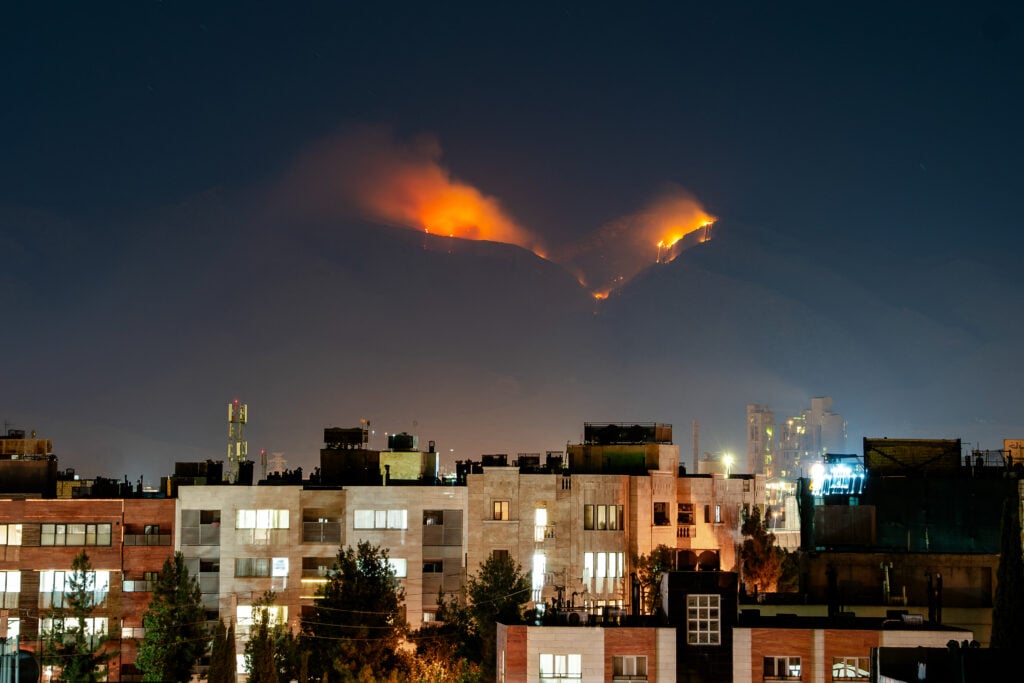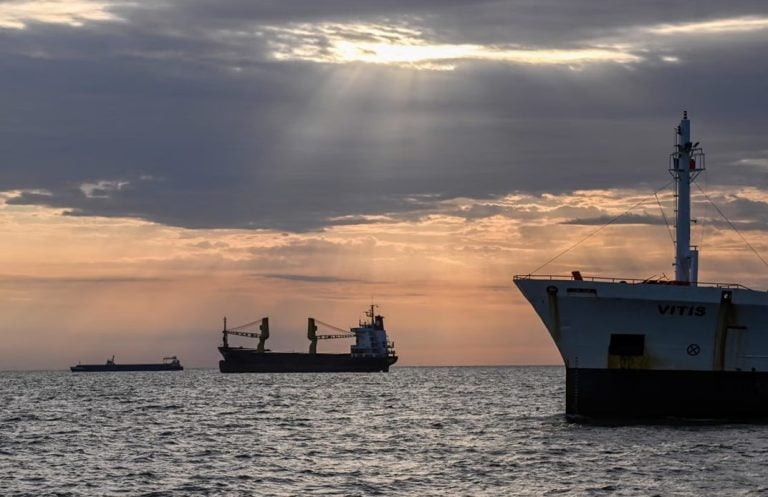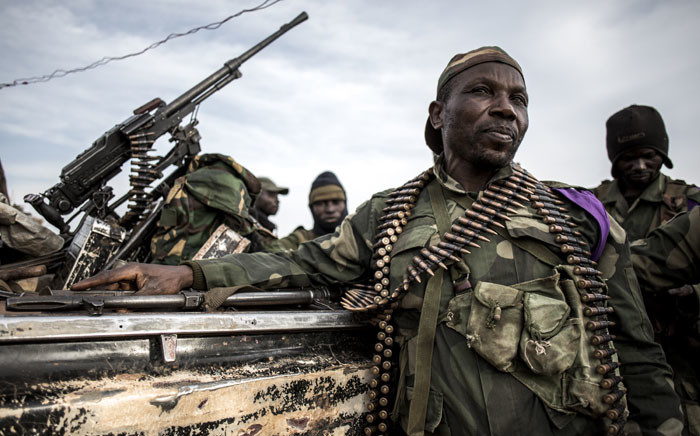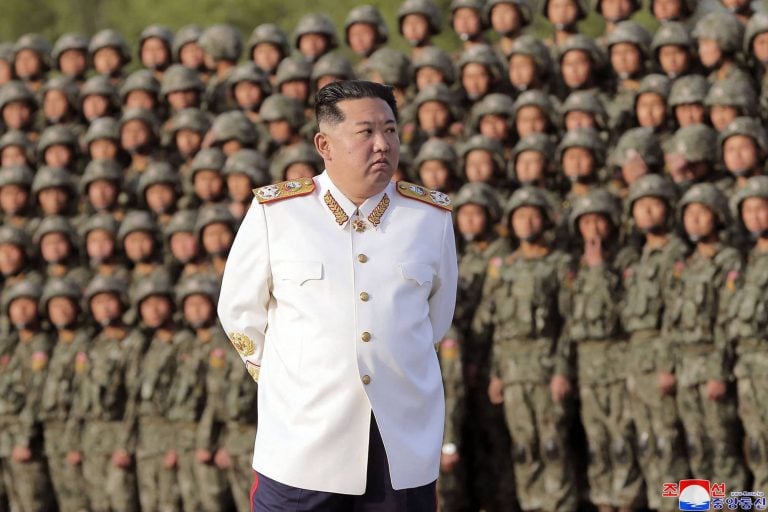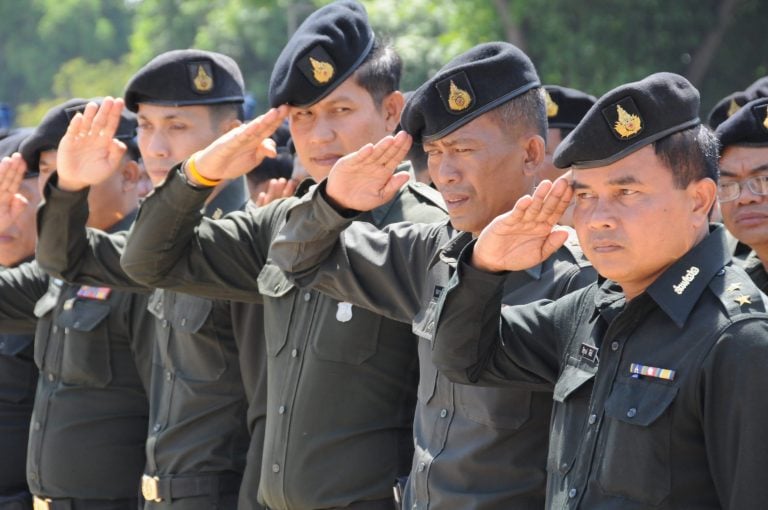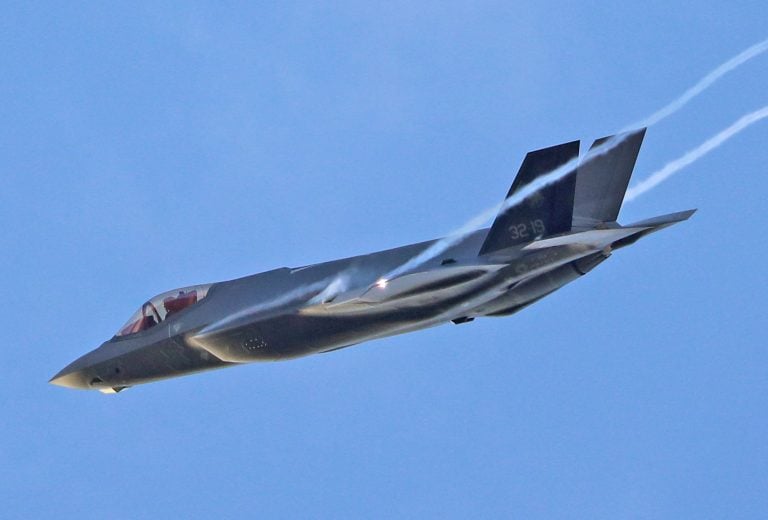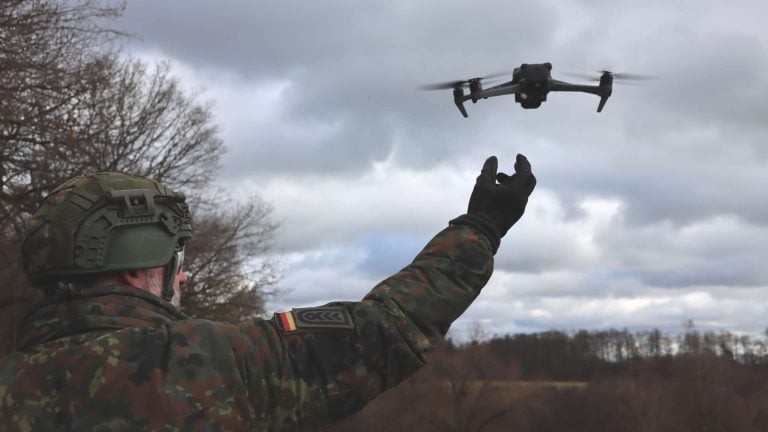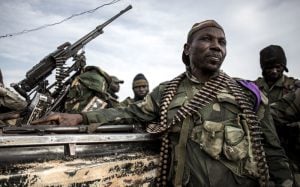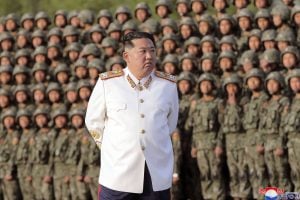President Donald Trump announced a significant military operation on Saturday, declaring that the U.S. military successfully attacked three key Iranian nuclear sites, including the strategically vital underground uranium enrichment facility known as Fordow. This announcement followed a period of unexpected diplomatic overtures, as Trump had hinted just two days prior at a potential two-week timeframe for negotiation.
In a series of posts on his Truth Social platform, Trump detailed the assault, affirming that a “full payload of BOMBS” had been dropped on the Fordow site. He indicated that all planes involved in the operation were “safely on their way home” and congratulated the U.S. military personnel for their achievements.
The president is scheduled to address the nation from the White House at 10 PM (0200 GMT), following this sudden escalation in military engagement. In a subsequent message, Trump asserted that “IRAN MUST NOW AGREE TO END THIS WAR,” branding the event as a “historic” moment for America, Israel, and global stability.
Earlier in the day, there had been speculation about the deployment of U.S. B-2 bombers, known for carrying precise “bunker buster” munitions, although Trump did not elaborate on the specific aircraft or weapons used in the strikes.
In response to the attacks, Iranian President Masoud Pezeshkian delivered a stern warning of potential retaliatory actions against U.S. forces stationed in the Middle East. Despite the military actions, Trump attempted to frame the situation as an opportunity for peace, stating, “NOW IS THE TIME FOR PEACE!”
As tensions escalated, Israel had claimed responsibility for killing additional Iranian commanders as part of its intensified military campaign against Iran, which it accuses of nearing the capability to develop nuclear weapons. Israeli Foreign Minister Gideon Saar proclaimed that these military actions had delayed Iran’s nuclear ambitions by potentially two years.
The conflict has seen Israeli airstrikes targeting Iran’s nuclear infrastructure since June 13, with reports of significant damage inflicted on facilities in Isfahan and Shiraz. In retaliation, Iran’s Revolutionary Guard announced the launch of a large-scale operation deploying “suicide drones” aimed at various strategic locations across Israel.
Iran has consistently denied intentions of developing nuclear weapons. In conversations with international leaders such as French President Emmanuel Macron, Pezeshkian articulated Iran’s unwavering stance against being coerced into halting its nuclear program, stating, “Our response to the continued aggression of the Zionist regime will be more devastating.”
Meanwhile, diplomacy continued amid the turmoil, with Iranian Foreign Minister Abbas Araghchi participating in discussions with top diplomats from Britain, France, and Germany, who urged Iran to resume negotiations that had fallen apart due to the escalation of hostilities.
In a significant vein of regional tension, Iran’s Houthi allies in Yemen warned that they would renew attacks on U.S. vessels in the Red Sea if military action against Iran persisted, despite previous agreements on ceasefire.
The ongoing conflict has resulted in substantial casualties, with reports from the U.S.-based Human Rights Activists News Agency indicating over 657 deaths in Iran, including 263 civilians, while Iran’s health ministry reported that more than 400 had been killed as a result of Israeli strikes. Official figures in Israel indicate that retaliatory attacks by Iran have resulted in at least 25 deaths.
